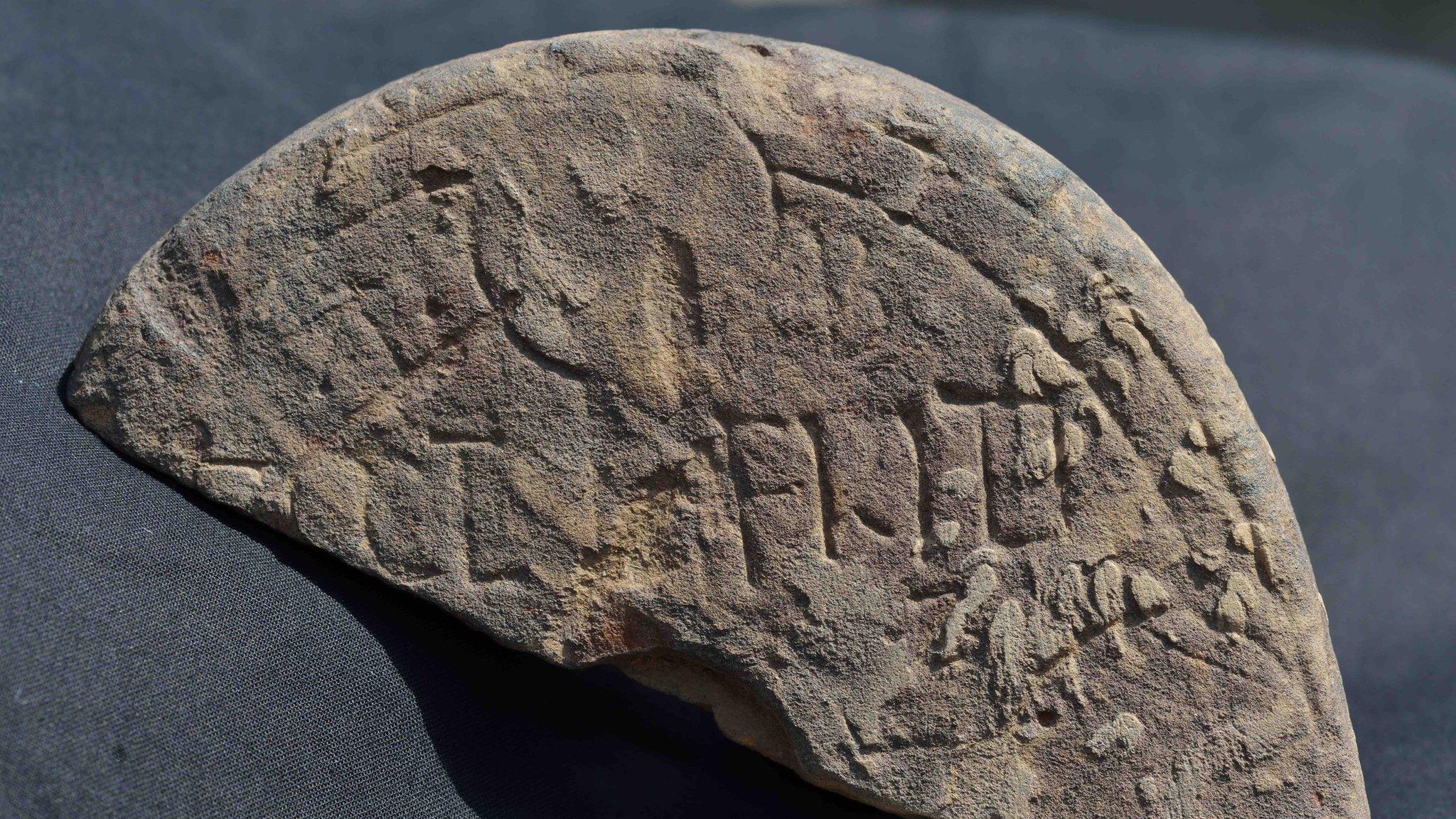Remains at 'lost cemetery' removed for tests
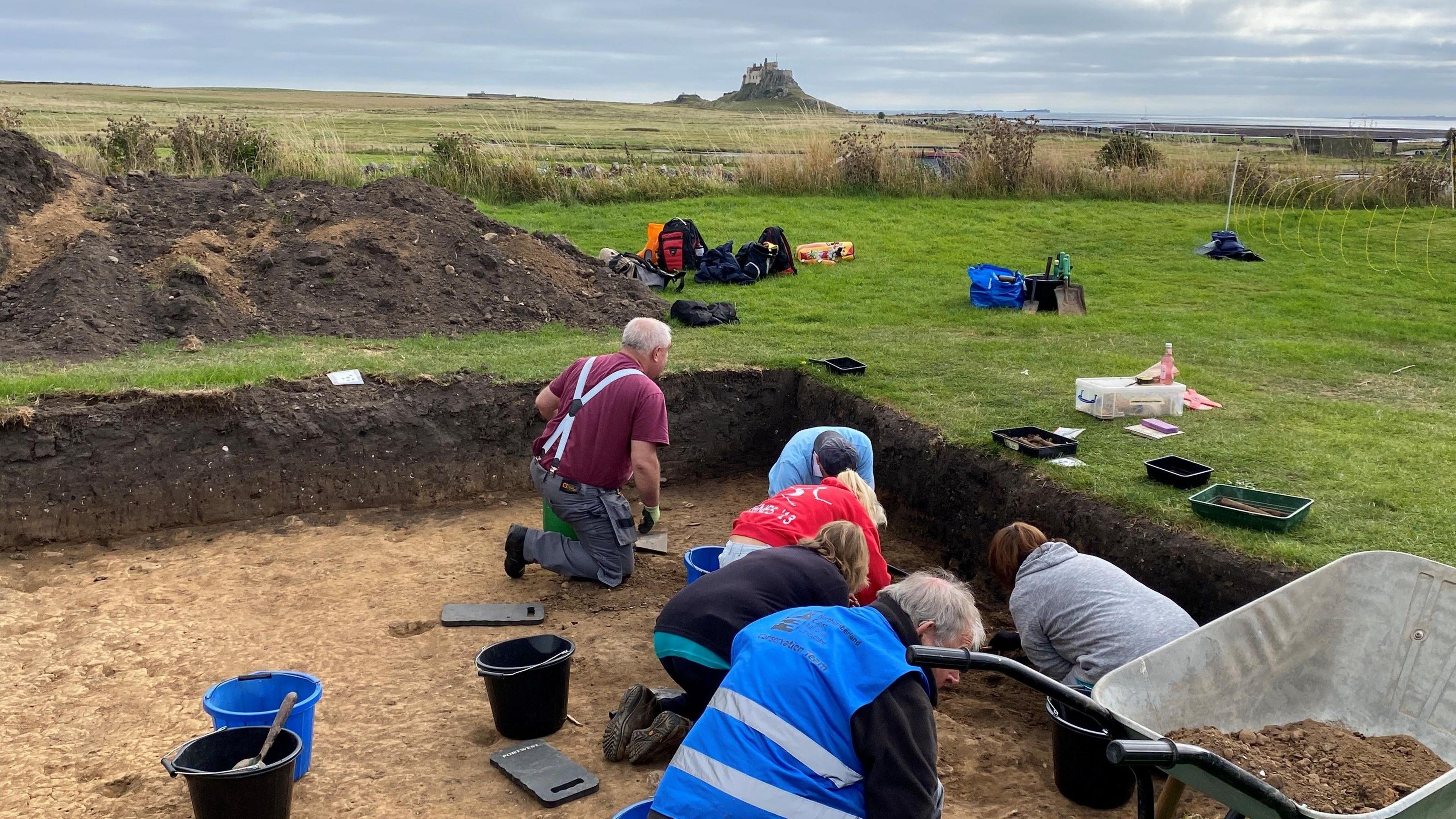
Archaeologists believe the bodies date back to between the 8th and 10th centuries
- Published
Early medieval human remains found in a "lost cemetery" under a council car park are to be removed for tests.
An excavation led by Durham University and DigVentures on Holy Island, Northumberland, has opened up trenches in an area where the burials were first discovered in 2022.
Remains from seven bodies have been identified and these are being removed for further investigation.
Northumberland County Council assistant archaeologist Nick Best said: "It's an exciting discovery that tells us more about this part of the island."
The initial discovery was made while a water pipe was being laid across the overfill car park at Green Lane.
The burials were covered up again, but now archaeologists have returned to take a closer look.
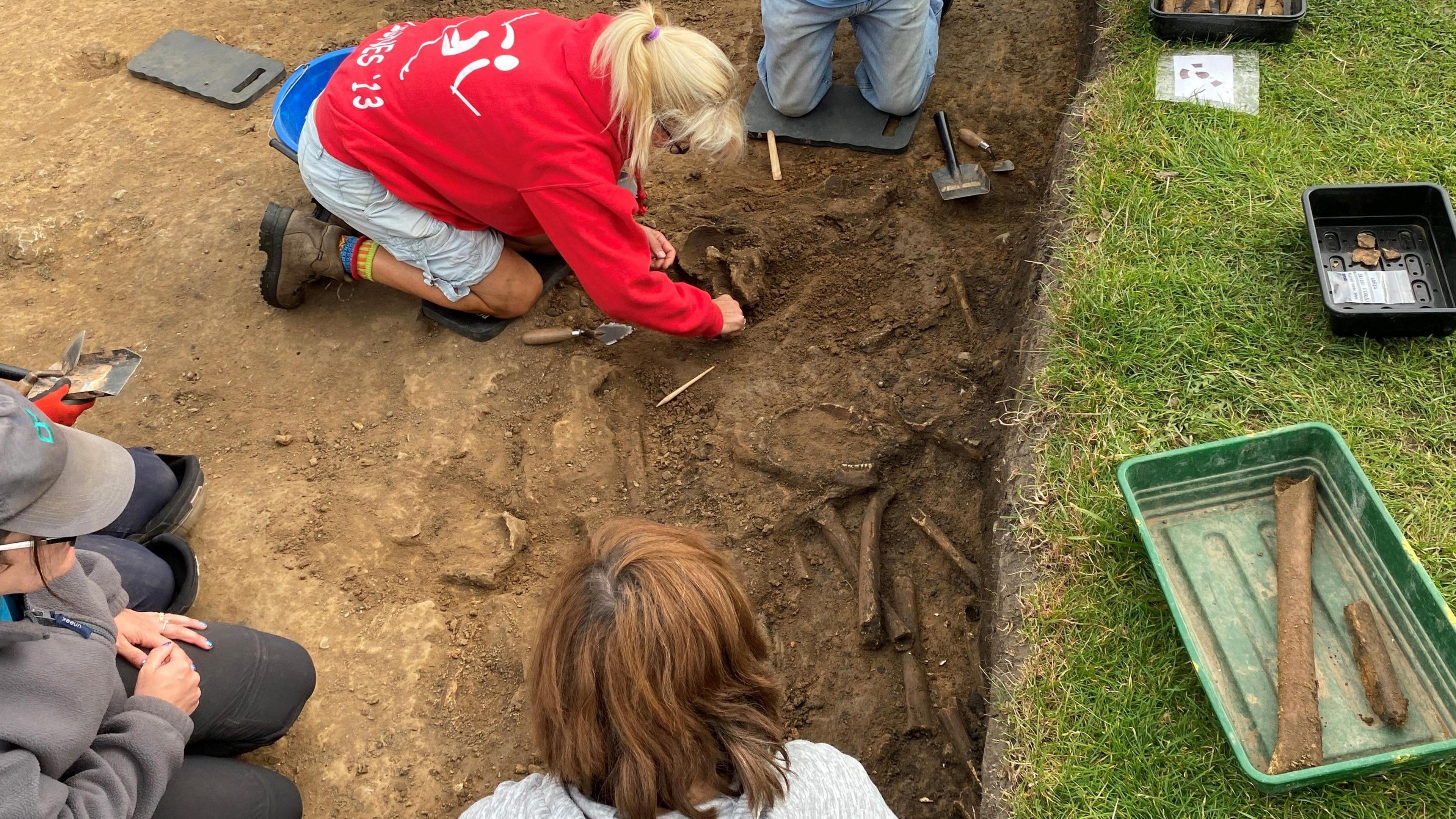
The body parts of seven individuals have been found in the site so far
"We think the bodies had been buried in the main cemetery but were redeposited in what we would call a charnel pit, perhaps to make way for new graves," Mr Best said.
"There's some documentary evidence of a cemetery and a church or chapel in this vicinity but, until now, we didn't know where it was."
Volunteer Mark Stevenson said: "Some of the skulls are actually falling apart so it's really quite difficult work".
"When you get to the bits like the jaws and the teeth it really brings it home to you that this was a person."
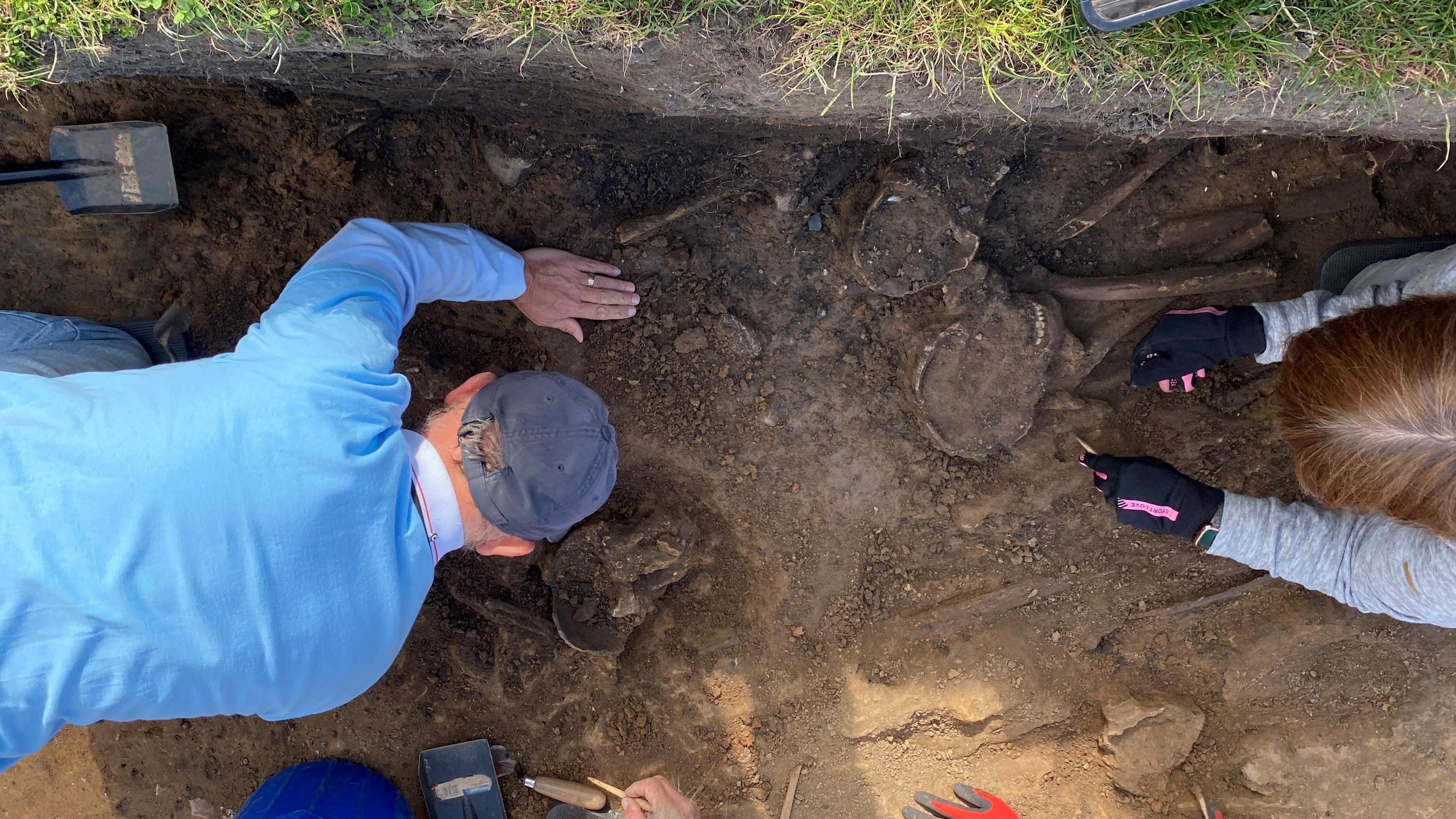
Seven skulls have been found so far but archaeologists believe there may be more bodies in the pit
Dr David Petts, associate professor of archaeology at Durham University, hopes analysis in laboratories will reveal more about the bodies.
"We'll be able to find out what sex and age they were," he said.
"We'll look for disease and injuries from blades, DNA might tell us where they came from, even what they ate.
"In terms of archaeology, the island just keeps on giving."
Follow BBC North East on X, external, Facebook, external, Nextdoor, external and Instagram, external. Send your story ideas to northeastandcumbria@bbc.co.uk.
Related topics
More stories from BBC North East and Cumbria
- Published15 January 2023
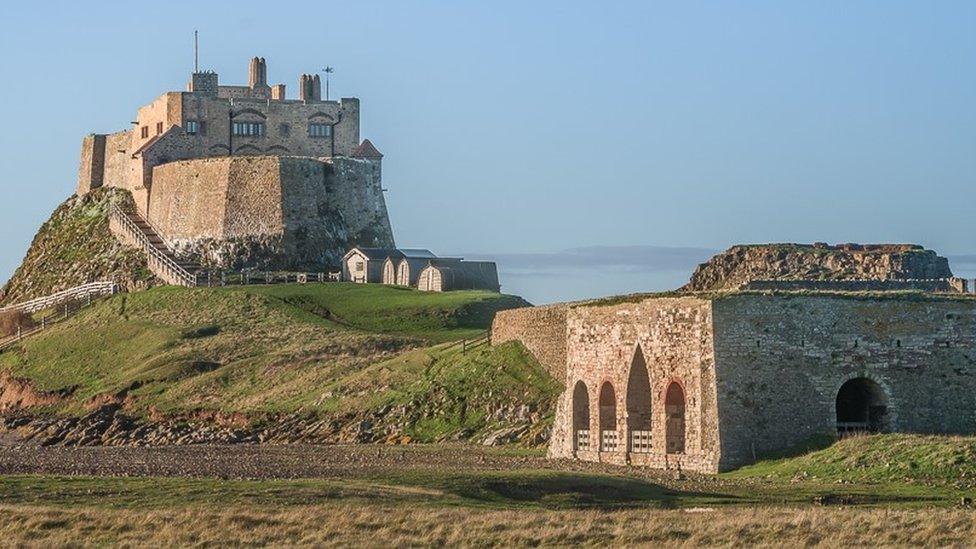
- Published17 September 2022
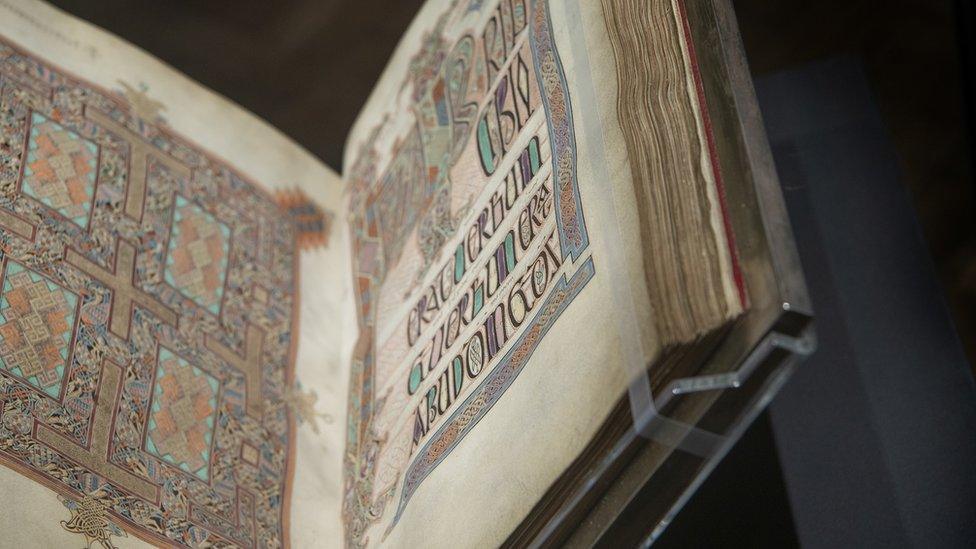
- Published5 July 2016
